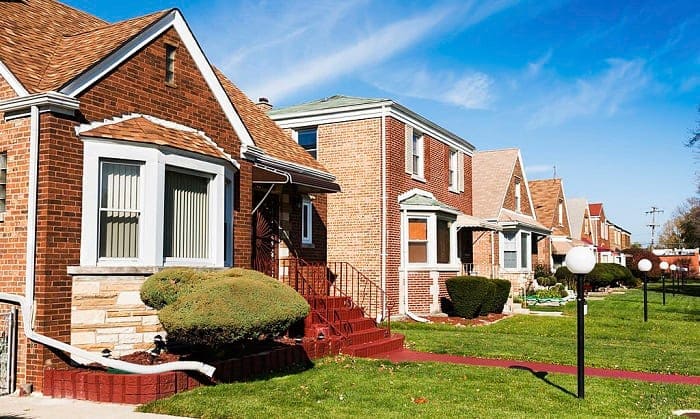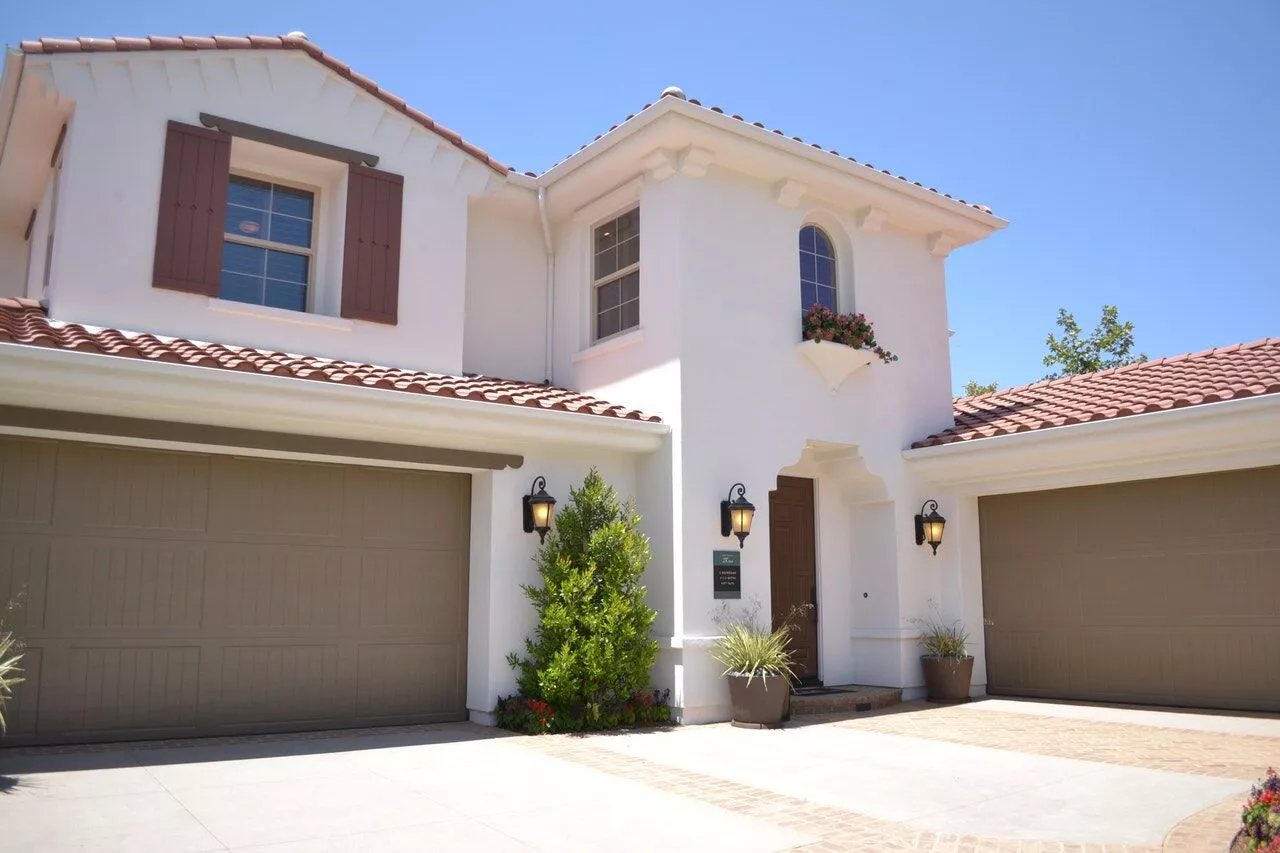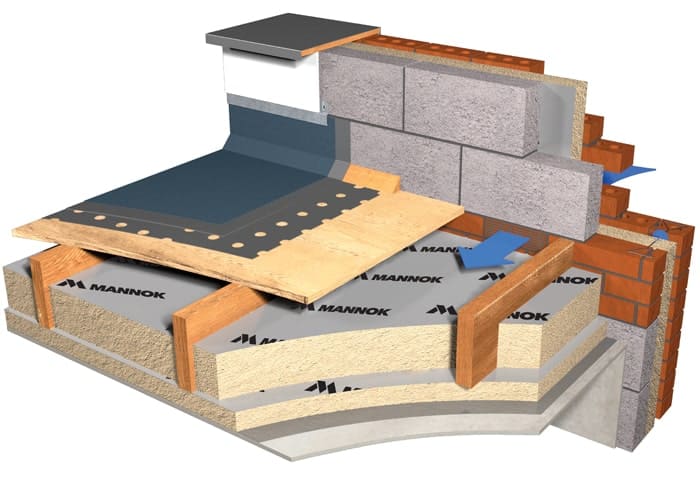In the realm of architectural terminology, the distinction between roof and rooftop might seem subtle, but it holds significant implications. As experts in the field, we aim to unravel the intricacies of these terms to provide you with a comprehensive understanding. This exploration not only aids in refining your vocabulary but also ensures clarity in communication, making you well-versed in the language of construction and design.
Defining the Basics: What is a Roof?
Roof, in the most fundamental sense, refers to the external covering on the uppermost part of a building. This essential component shields the structure from various elements such as rain, snow, sunlight, and wind. It serves as a protective barrier, contributing to the overall durability and longevity of the edifice it crowns.
The Anatomy of a Roof
A typical roof comprises several key elements, each playing a crucial role in its functionality:
- Roof Deck: The base layer, usually made of plywood or another sturdy material, providing structural support.
- Underlayment: A waterproof layer beneath the outer covering, preventing water penetration.
- Roofing Material: Varied materials like asphalt shingles, metal, tiles, or slate, chosen based on factors such as climate and aesthetic preferences.
Rooftop Explored: Beyond the Surface
While a roof encompasses the entire overhead structure of a building, a rooftop specifically refers to the external space created on the top of a building. This space is often utilized for recreational purposes, creating an outdoor oasis in urban landscapes.
Transforming Rooftops into Functional Spaces
- Roof Gardens: Integrating greenery into rooftops not only enhances aesthetics but also contributes to environmental sustainability.
- Entertainment Areas: Rooftops can be transformed into lively spaces for social gatherings, offering panoramic views and a unique ambiance.
- Solar Installations: Utilizing rooftops for solar panels promotes eco-friendly energy solutions, contributing to sustainable practices.
Choosing the Right Terminology: Precision Matters
In everyday conversation, the terms roof and rooftop are occasionally used interchangeably, leading to potential confusion. However, in the architectural and construction contexts, precision in terminology is paramount.
When to Use “Roof”
When discussing the structure itself—the covering and support system—a roof is the accurate term. For example, “The new house boasts a sturdy, weather-resistant roof.”
When to Use “Rooftop”
Conversely, when referring to the outdoor space atop a building, the term rooftop is more fitting. For instance, “We enjoyed a delightful evening on the rooftop, overlooking the cityscape.”
Conclusion: Clarity in Expression
In conclusion, understanding the nuanced difference between roof and rooftop enhances communication within the architectural and construction spheres. Whether you’re conversing with industry professionals or planning your dream home, precision in terminology ensures effective conveyance of ideas and intentions.
In your architectural endeavors, clarity begins with the correct usage of terms. A strong foundation in the language of construction not only showcases your expertise but also fosters seamless collaboration with architects, builders, and fellow enthusiasts.





